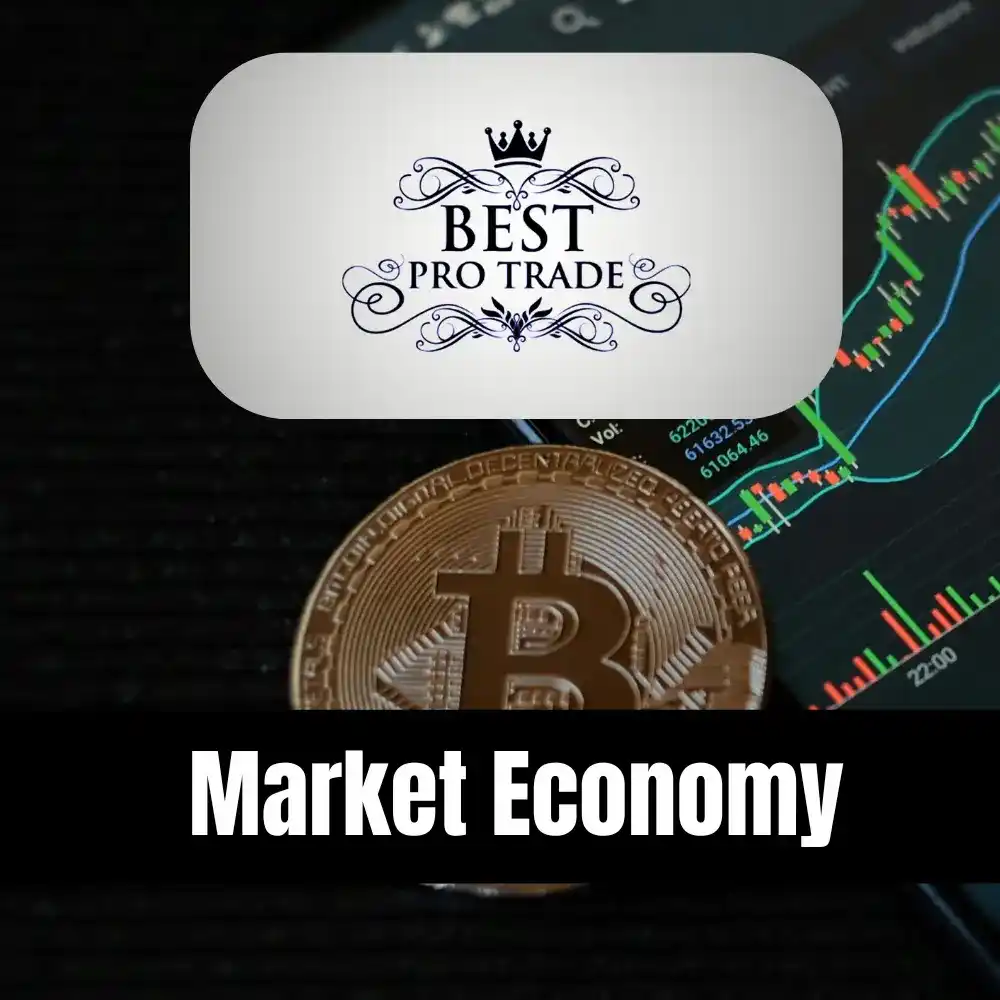After the Great Depression and world wars, world leaders wanted to stabilize the market economy, so they took the first step in a new economic and financial system. With this in mind, forty-four members of the allied nations drafted and signed the “Bretton Woods Accord.”
At this point, the United States of America was establishing itself as the world’s most significant economic power; the backbone of this new system was the US dollars based on this.
The US dollar became known as the currency of the “first reserve”. It is the safest currency in the world until today, the US Federal Reserve backs it, and it is the currency of the largest economy in the world.
The dollar was pegged to the gold, and other currencies were pegged to the dollar. The Allies tasked the central banks with buying and selling dollars to limit currencies from deviating more than 1%.
Definition of Market Economy of International Money Fund:
The Breton Woods Accord also ordered the creation of the International Money Fund (IMF) to foster cooperation and stability.
The countries charged the IMF with carrying out a new market economic system and requested members to make payments (Gold and Currencies) in proportion to their economic size.
The Allies granted them voting rights in return, also in proportion to their economic size. They also gave the IMF the power to provide loans for central banks to maintain exchange rate stability.
The World Bank, created around this period, gave loans to countries struggling financially. The Bank used its capital base in the reconstruction and development of countries affected by the world war.
Since the price of crude oil is denominated in US dollars, oil-exporting countries maintain pegging their currencies to the dollar. Developing countries, including China, also peg their currencies to the dollar or the euro (the best-known currency pegging).
Over the last 100 years, there have been many attempts to have a fixed exchange rate. The Bretton Woods agreement and the Marshall plan of 1950 are popular examples of attempts to peg currencies to gold as the standard.
The immediate post-recovery of Germany and Japan after the war made it difficult to maintain the exchange rates pegged to the US Dollars. It was thereby ascertained that the Breton Woods Accord was to be vulnerable.
Bretton Woods Accord II 12Tradepro Automated Trading System
Differing rates of inflation and the swinging of the US trade balance from surplus to deficit further complicate matters. In 1968, the IMF tried to head off the inevitable crisis by creating a supranational currency denominated in gold and constant currencies.
A few years later, the system failed to stabilize the economy. The US Dollar was overvalued relative to the price of gold. President Nixon limited the dollar convertibility so it would not be exchanged directly for gold. This was an essential milestone in the history of the United States, as there was increased faith in the government.
It soon became impossible to make a currency peg at any level. In 1973, the Breton Wood Accord was terminated, and the “Breton Wood II” system was created.
This new system allowed the currencies to float freely against each other according to market forces. The Fiat Currency era began a few years later due to the normalcy of the currencies floating against one another. Informal currency pegging didn’t die out completely, though.
The Bank of England continued pegging the pound to the Deutsche Mark until 1992 when speculators forced it to dismantle the peg.

History of Futures Trading 12Tradepro. Automated Trading System
Japan feudal landowners during the Tokugawa era established the futures market. During this era, named Yodoya dominated the rice trade in the city of Edo (now Tokyo). Other merchants meet in his house to negotiate and share information. Prices negotiated in Yodoya’s house became the established prices; this is the first commodity exchange in Japan in 1650. The rice exchange became known as the Dojima market after Yodiya moved to the district of Dojima. Only trading in futures was allowed.
The Japanese government halted the exchange market after the Marco Polo bridge incident in 1937 but revived it in 1950 during the Renaissance period. The government passed an exchange act, and the Japanese traders founded the Osaka Chemical Fiber Exchange under this act.
In 1960, twenty exchange markets were operating, dealing in fibers, dried cocoons, silk, sugar, grain, and sea products.
Understanding the Market Economy:
A market economy is a system where economic decisions and pricing are guided by the interactions of citizens and businesses within the marketplace, rather than by government intervention. In this type of economy, the forces of supply and demand play a significant role in determining prices, production, and resource allocation.
Conclusion
In conclusion, the Bretton Wood II system will still be in use shortly. Countries might want consolidated currencies in places like Africa and Asia, but they would be unlikely to bring back the Gold standard. Today the economy is dependent on the market. Automated trading systems are a great option to understand the market better because they make trading faster and easier for everyone. So check out our YouTube channel to learn more about the automated system here.

